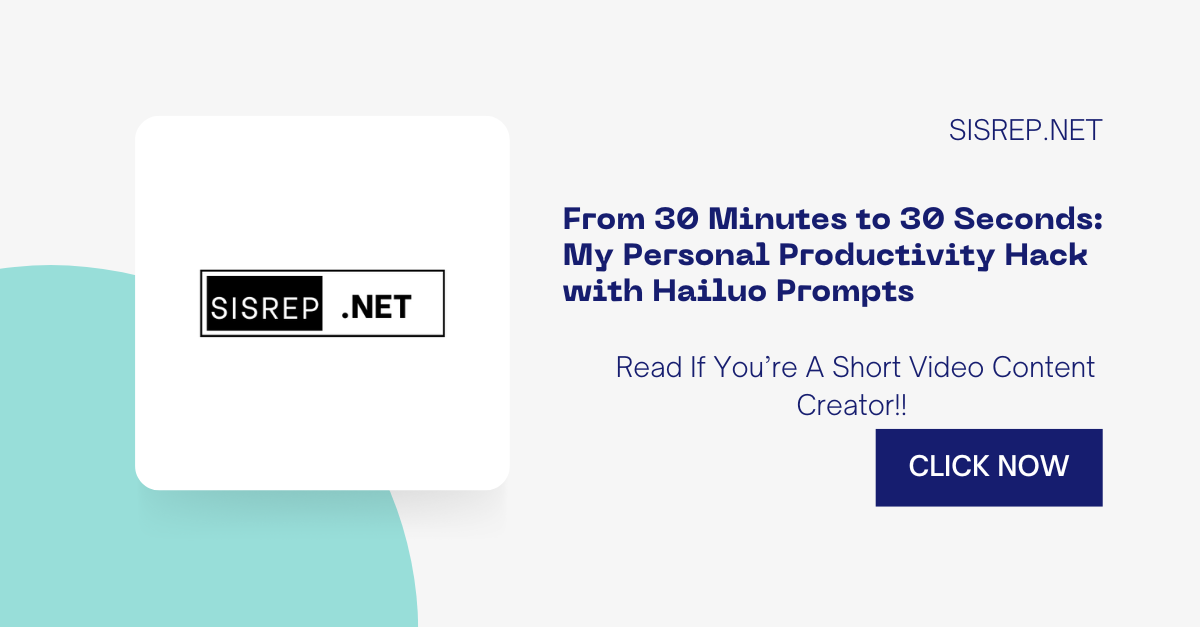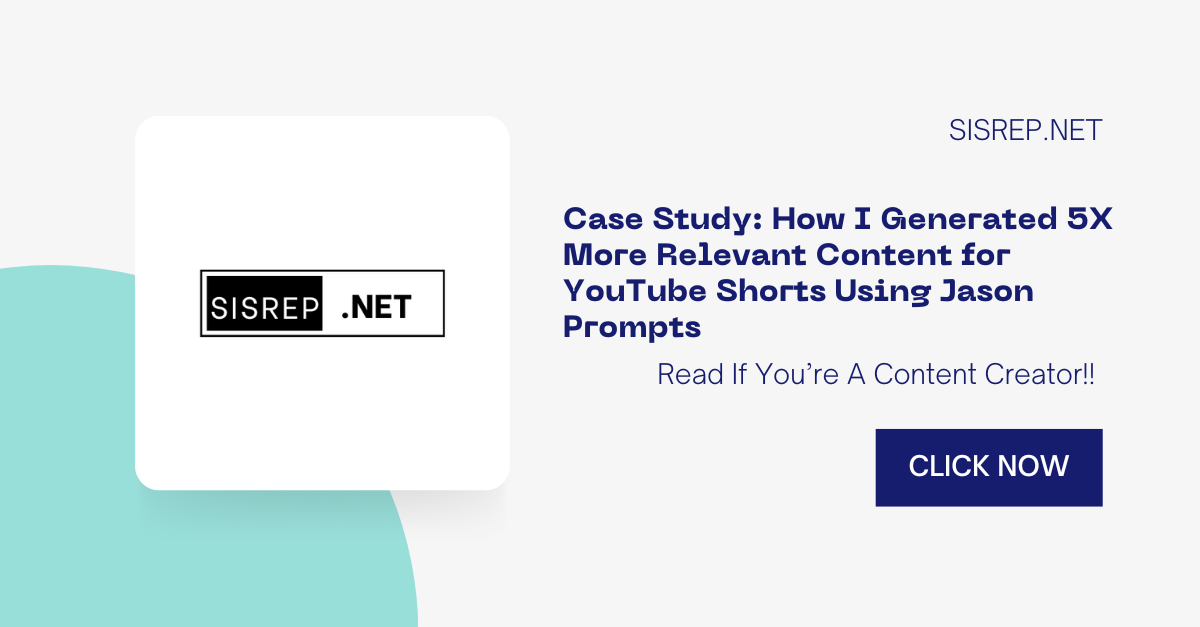From 30 Minutes to 30 Seconds: My Personal Productivity Hack with Hailuo Prompts
I’m going to tell you about the most ridiculous productivity breakthrough I’ve ever had. And it involves a Chinese AI video tool that most people can’t even pronounce correctly. Hailuo. Not “Halo” like the video game. “Hi-LOO-oh.” Trust me, I butchered it for weeks. But here’s the thing – this tool completely transformed how I … Read more


